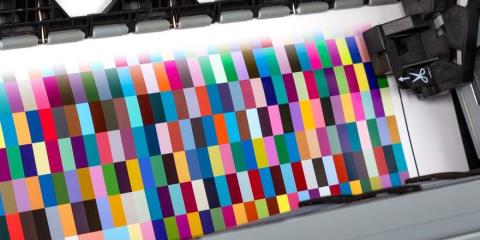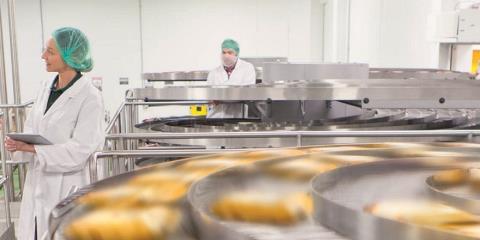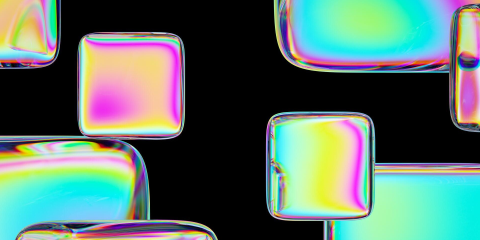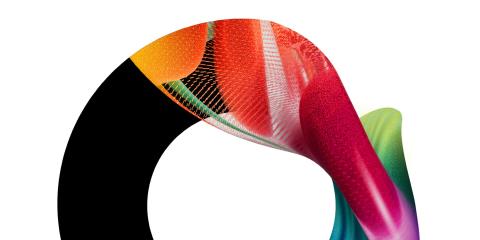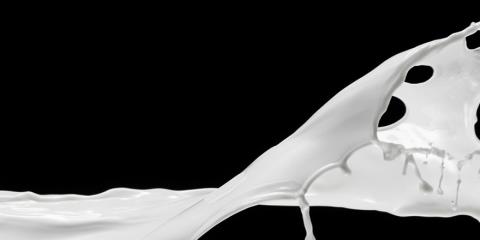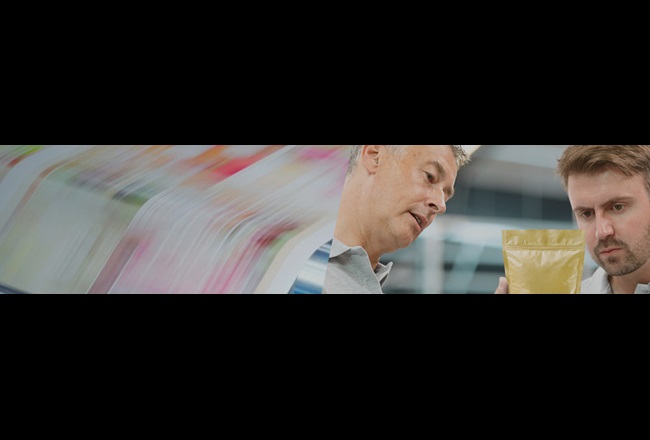
Packaging & print
Challenge: Meeting multilayered requirements
The packaging & print industry is facing vast expectations from individuals, companies, and lawmakers alike. Manufacturers are looking for high-quality, consistent performance and easy processability to keep their production running smoothly. Consumers want more sustainable packaging but also want to experience an exciting, luxurious look and feel on par with the packaged items themselves. And legislators are constantly tightening regulatory requirements to ensure that the materials we come into close contact with each day are safe and more sustainable.
Status: High-performance packaging & print of all kinds
Today’s market demands packaging that’s both highly functional and more sustainable solutions – across food and non-food packaging, metal cans, flexible packaging, and paper and paperboard. Our adhesives, primers, inks, and overprint varnishes can help this happen. Here’s a few ways in which they’re already contributing to meeting this industry’s ambitious needs.
Packaging as a tactile experience
Designers have great ambitions, striving to create eye-catching branded products with great aesthetics. One way of crafting a memorable brand identity is through packaging that not only looks great, but also features specific tactile sensations, like silk or velvet.
Solutions like Skins®, our family of innovative protective overprint varnish products, can make this possible in applications including paper products, skincare, pouches, and bottles.
Stand-out inks for printing
Whether in food and beverage, cosmetics, or pharmaceuticals, packaging that shines the brightest stands the best chance of capturing our attention in a world overwhelmed with information. Intensified colors, sharpened details, and higher contrasts can all help a brand stand out – and printing inks are the foundation for success. And it’s even better if these inks offer strong resistance and coverage, and can be applied quickly and seamlessly.
To meet these needs, we draw on over 30 years of experience developing printing inks and resins for packaging made from paper, metal, and plastic alike. These resins can tolerate high machine speeds while still delivering excellent ink transfer, appropriate coverage, and the thinnest ink layer possible. Dry ink can also be re-solved with fresh ink during the printing process.
More sustainable food packaging
The demand for sustainable paper and paperboard packaging has grown dramatically in recent years. And the way that people think and feel about packaging has also changed. Just as people look more carefully at the food they buy, they are also more interested in what it is packaged in. This has put pressure on paper and paperboard packaging producers to switch to better recyclable barrier coatings, especially in food and beverage applications.
Our resins solutions facilitate the development of these coatings – making it possible to replace hard to recycle materials , and fluorochemicals in food-grade packaging.
Circularity even for flexible packaging
Packaging is often seen as a disposable product – a challenge for businesses aiming to improve on circularity. This is especially true for flexible barrier packaging. Typically composed of various polymers and metal foils, this type of packaging is usually expensive and impractical to recycle.
Monomaterials are a potential solution for difficult-to-recycle flexible packaging. These materials are designed to provide the necessary functionalities, simplify the packaging layer structure and enable the recyclability of flexible packaging– and there are several monomaterial solutions in our portfolio. You can even replace extra material layers with thin functional coatings, bringing you another step further to high-performance, monomaterial packaging.
Next: On the lookout for the next big thing in packaging & print
We are never satisfied with simply fulfilling existing consumer expectations and market requirements – we anticipate the needs our partners will have tomorrow and make those needs our clear objective today. For the packaging & print industry, this means we are ready to support the ambitious goals shared by major packaged-goods companies, retailers, hospitality and food service companies, and packaging producers.

